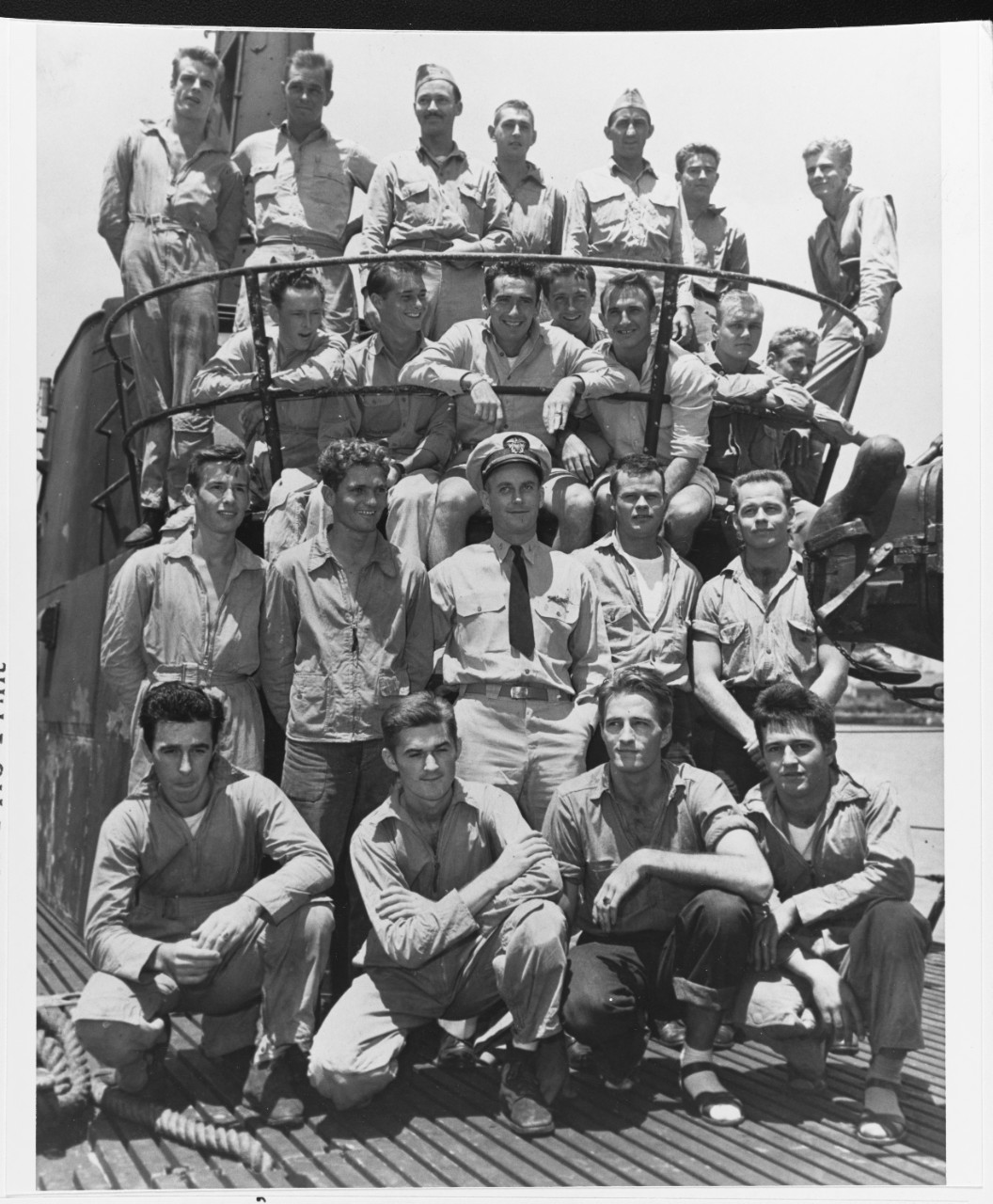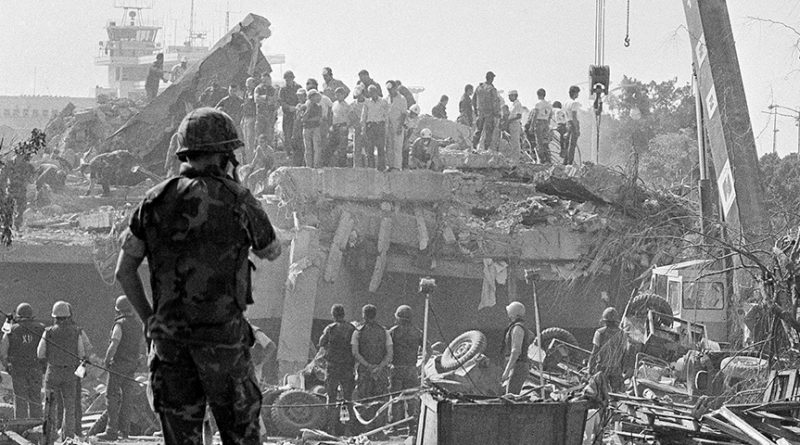October 23 in U.S. military history
1864: In Westport, Mo. (present-day Kansas City), Maj. Gen. Samuel R. Curtis’ 22,000-man Army of the Border defeats a heavily outnumbered Confederate force commanded by Maj. Gen. Sterling Price in the largest battle fought west of the Mississippi River. The Union brings an end to Price’s Missouri Expedition with his defeat in the “Gettysburg of the West,” and Price retreats into Kansas. After the Battle of Westport, the border state of Missouri will remain under Union control for the rest of the Civil War.
1918: When a battalion commander needs to send a message to an endangered company on the front lines, he realizes sending a runner would be too hazardous due to heavy incoming fire. However, Pfc. Parker F. Dunn volunteers for the job and races through the fire-swept terrain toward the unit. He is hit once and gets up. He is hit again, and continues. Undaunted, Dunn carries on towards his objective, but is finished off by an enemy machinegun burst. He is posthumously awarded the Medal of Honor.
1942: On Guadalcanal, Imperial Japanese soldiers and tanks attempt to cross the Matanikau River, and are quickly defeated — signaling the beginning of the Battle for Henderson Field. Over the next three days the 1st Marine Division and the 164th Infantry Regiment, supported by the “Cactus Air Force,” shatter wave after wave of Japanese assaults on the ground and in the air. The battle marks the final major Japanese ground operation before they abandon the island.
1944: Three days after 100,000 U.S. troops land in the Philippines, the Battle of Leyte Gulf — the largest naval engagement during World War II — begins. On the first day, submarines USS Darter and USS Dace attack Vice Adm. Takeo Kurita’s Center Fleet, sinking two heavy cruisers (including Kurita’s flagship) and damaging another. During the three-day battle, nearly 400 ships will square off, with Japan suffering crippling losses: four aircraft carriers, four battleships, and 21 cruisers and destroyers are sunk, along with the loss of 12,000 sailors and 300 planes. An increasingly desperate Japanese military uses kamikaze tactics for the first time during the battle.
Meanwhile in the Taiwan Straight, the submarine USS Tang — perhaps the most successful U.S. submarine ever — engages a convoy of Japanese transports, freighters, tankers, and their escorts. Tang sinks five ships and then escapes. The sub’s skipper, Cmdr. Richard H. O’Kane, will be awarded the Medal of Honor for the engagement.

1972: As peace talks with the North resume, Pres. Richard Nixon calls a halt to Operation LINEBACKER – the U.S bombing campaign in North Vietnam. In start contrast to Pres. Lyndon Johnson’s tightly controlled Operation ROLLING THUNDER, Nixon had granted the military much more latitude to carry out their mission, which put a serious dent in the Communist supply chain.
1983: A suicide bomber smashes his dump truck through the front gate of the Marine Corps Barracks in Beirut, Lebanon then detonates 12,000 lbs. of explosives. The compound is leveled, killing 220 Marines, 18 sailors, and three soldiers, making this “the bloodiest day in Marine Corps history since Iwo Jima.”
Moments later, another truck bomb hits the French barracks, killing 58. American troops will withdraw from Lebanon four months later.

Today’s post is in honor of Lance Cpl. Stephen E. Spencer, 23, or Portsmouth, R.I., who was one of 241 Marines, sailors, and soldiers killed in the Beirut Barracks Bombing (see below). A majority of the casualties from the terrorist attack were members of 1st Battalion, 8th Marines.
